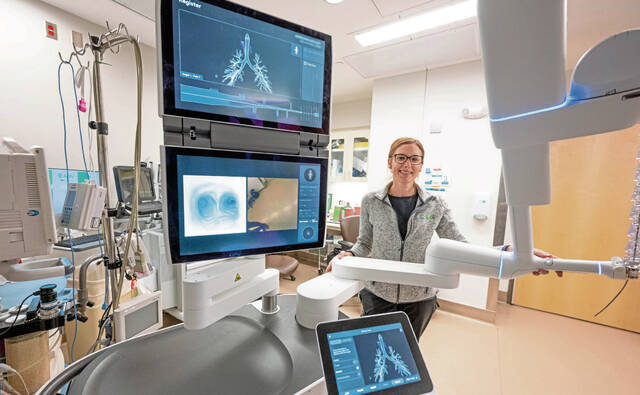The seven-county Pittsburgh region’s unemployment rate fell in July to its lowest level in 47 years, but the labor force has yet to regain the 46,000 workers it had before the pandemic wreaked havoc on the economy.
The unemployment rate fell by 0.2 of a percentage point to 3.7% in July, as the number of employed workers in the Pittsburgh region rose by 1,400 to 1.13 million, based on seasonal hiring factors, the state’s Center for Workforce Information and Analysis said Tuesday.
This was the third consecutive month that the region’s jobless rate fell to a record low, which mirrors other labor markets in the state, said David Hand, an industry analyst for the workforce information center.
The civilian labor force, those living in the region’s seven counties — Allegheny, Armstrong, Beaver, Butler, Fayette, Washington and Westmoreland — and working or looking for work, was counted at 1.177 million in July. That’s about 400 less than July 2022, yet still below the pre-pandemic level of 1.22 million in July 2019.
“We still haven’t crawled back to the pre-pandemic levels, but we are crawling in the right direction,” said Frank Gamrat, an economist and president of the Allegheny Institute for Public Policy, a Castle Shannon-based think tank.
The Pittsburgh region’s labor force, however, has not been this small since July 1990, Gamrat said Tuesday.
There were 43,500 unemployed workers in July, which is 9,300 fewer than a year ago. The ranks of the jobless were higher four years ago, when there were 51,500 unemployed workers.
A bright spot on the employment front is that there were 1.18 million nonfarm jobs in July, which is a 31,800 increase from July 2022. The nonfarm jobs total is a count of industry employment within the seven counties, which includes workers from outside the region who land jobs within the Pittsburgh metropolitan area.
Yet, even those figures come with a less than silver lining: There were 1.19 million nonfarm jobs in July 2019.
“We’re making progress, but we’re not there yet,” Gamrat said.
The region’s labor force has stabilized since January 2022, when there were 1.17 million, Hand said.
“This might be kind of the new norm,” Hand said of the labor force numbers.
Gamrat said he believes the pandemic altered people’s attitudes toward work, shrinking the labor force much more than the population loss in the seven counties.
Some families apparently concluded that “we don’t need to live on two incomes,” Gamrat said. “People felt comfortable dropping out.”
Others retired and have not returned, he noted.
“What it takes to get those people back has yet to be discovered,” Gamrat said.








